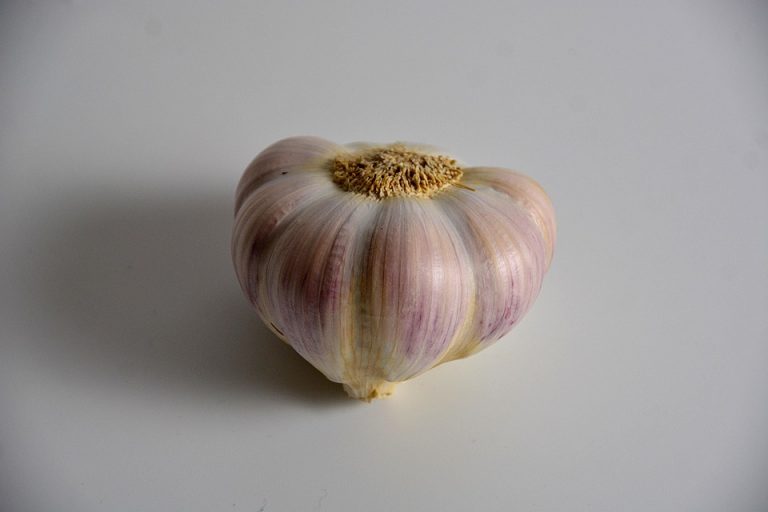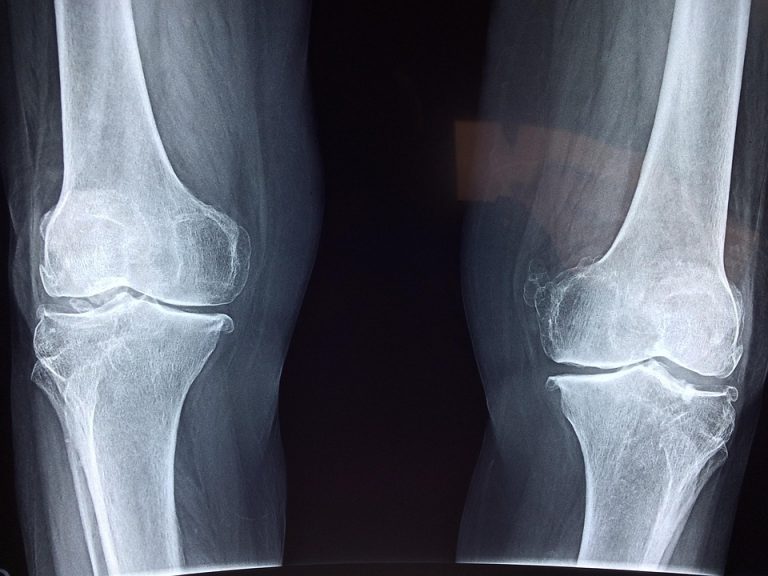Contents
Ginger For Bones: Why It Matters To Your Strength
Ginger for bones is a simple phrase with a big promise: using a humble root to help keep your skeleton strong. I’m talking about your knees that don’t squeak, your back that supports you at dusk, and the kind of steady stride that lets you walk into a room and feel unshakable. If your life depends on sturdy bones—and it does—then this matters to you.
Ginger is more than a spice in your pantry. It carries compounds that scientists and clinicians are paying attention to. That means real studies, thoughtful doctors, and practical ways you can use it in your daily life. Let me show you how ginger for bones boosts strength—and how to make it work for your body.
How Ginger Works For Bone Health
Ginger contains bioactive compounds like gingerol and shogaol that calm inflammation. Chronic inflammation accelerates bone loss, so anything that quiets that fire can slow deterioration. Researchers at institutions like the National Institutes of Health have examined ginger’s anti-inflammatory effects and how they might protect bone tissue.
In lab studies, ginger derivatives have been shown to reduce markers that break down bone and to support cells that build bone. That’s the biology. For you, it means less pain, better mobility, and a stronger framework to carry the life you want.
1. Reduces Inflammatory Damage
Inflammation is a silent thief. It chips away at your bone’s integrity over time. Ginger for bones helps by lowering inflammatory chemicals that activate cells called osteoclasts—the ones that chew up bone. In clinical settings, people with joint pain who add ginger report less morning stiffness and better function.
Try sipping ginger tea daily. That one habit can make a cumulative difference. It’s inexpensive, gentle on the stomach for most people, and it stacks with other healthy choices.
2. Supports Bone-Building Cells
Your skeleton is constantly remodeling—old bone out, new bone in. Osteoblasts are the workers that lay down new bone. Evidence suggests compounds in ginger encourage osteoblast activity, helping your body rebuild what it loses.
Cook with fresh ginger, or use a standardized supplement if you want consistent dosing. Talk with your clinician about interactions, especially if you take blood thinners or have complicated medical conditions.
3. Improves Nutrient Absorption
Bones need calcium, vitamin D, magnesium, and protein. Ginger for bones helps your digestive system by easing gut inflammation and improving motility, which can lead to better nutrient uptake. When your gut works, your bones get what they need.
Pair ginger with calcium-rich meals or a vitamin D supplement for a practical boost. That’s not a gimmick—that’s good plumbing.
4. Eases Pain, So You Move More
Pain kills strength by keeping you on the couch. Ginger has analgesic properties that can reduce joint and muscle pain. When pain retreats, movement returns. Movement is essential for bone density; weight-bearing activity signals bones to stay dense and robust.
A daily ginger regimen can be a gentle companion to physical therapy or an exercise plan. Better mobility means more resistance, better balance, and improved bone health.
5. Lowers Risk Factors That Hurt Bones
High blood sugar, obesity, and chronic stress all harm bones. Ginger for bones may help by improving insulin sensitivity, supporting healthy weight management, and calming systemic inflammation. These ripples reduce the pressure on your skeletal system.
Small changes—like choosing a ginger-spiked smoothie over a sugary drink—multiply into real resilience.
6. Works Well With Other Bone-Healthy Strategies
Ginger is not a miracle on its own. It becomes powerful when combined with exercise, adequate calcium and vitamin D, and sensible lifestyle habits. Think of ginger as an amplifier: it enhances the effects of what you’re already doing right.
Pair a ginger morning tea with a short load-bearing workout. Combine ginger supplements with a diet rich in leafy greens and dairy or fortified alternatives. The synergy matters.
7. Backed By Research And Clinical Experience
Doctors and researchers don’t hype things without evidence. Several peer-reviewed studies have explored ginger’s impact on inflammatory markers and bone metabolism. Universities and hospitals have published work suggesting benefits for joint pain and markers of bone turnover.
When clinicians suggest ginger as part of a plan, they’re looking at the data and the lived experience of patients who feel better, move easier, and report fewer flares.
How To Use Ginger For Bones: Practical Tips
Start simple. You don’t need exotic supplements or expensive extracts to get value. Here are straightforward ways to add ginger into your routine.
-
Fresh Ginger Tea: Slice 1–2 inches of fresh ginger, steep in hot water for 10 minutes, add lemon and a touch of honey if you like. Drink once daily, especially after meals.
-
Smoothies and Meals: Grate fresh ginger into smoothies, stir-fries, soups, and marinades. It adds flavor and function.
-
Standardized Supplements: Look for a reliable brand that specifies gingerol content. Talk with a pharmacist or your clinician to check for interactions.
-
Topical Packs: For joint pain, warm compresses with ginger-infused oils can be soothing. These are adjuncts, not replacements for oral strategies.
-
Combine With Movement: Drink ginger tea before walking or gentle strength training to reduce stiffness and encourage movement.
Safety, Interactions, And Who Should Be Cautious
Ginger is generally safe, but it can interact with medications like blood thinners and certain diabetes drugs. If you’re pregnant, breastfeeding, or have a bleeding disorder, consult your doctor before using concentrated ginger supplements.
Start with food-based sources to assess tolerance. If you notice heartburn, mouth irritation, or unusual bruising, pause and speak to a clinician. The goal is steady, safe gains—not quick fixes.
Real People, Real Results
I’ve seen women in clinics and friends at dinner tables who made small, consistent changes and felt the difference. One woman in her sixties swapped her evening wine for warm ginger tea and got back to gardening with less stiffness. Another patient added ginger to her daily smoothie and reported less pain during weight-bearing exercises. These are the kinds of wins that build confidence and keep you moving.
Science supports these stories. When real-world practice meets credible research, you get durable results.
How To Talk To Your Doctor About Ginger
Be direct. Tell your clinician you’re interested in using ginger for bones and explain how you plan to use it—tea, food, or a supplement. Ask about interactions with your medications and whether a standardized extract fits your medical picture.
Bring notes from reputable sources if you like. A collaborative conversation keeps your care safe and effective.
Bottom Line
Bottom Line: Ginger for bones is a practical, research-supported tool that reduces inflammation, supports bone-building cells, improves nutrient absorption, eases pain so you move more, lowers risk factors that harm bone, and complements other healthy strategies. Use fresh ginger, consider standardized supplements when needed, and always check with your clinician about interactions. Small, daily habits add up—ginger can be one of those steady, simple practices that helps your bones do the heavy lifting of life.
Be bold about caring for your skeleton. Your future self will thank you.
FAQ
Can ginger actually increase bone density?
Some studies suggest compounds in ginger support osteoblast function and reduce markers of bone breakdown, which can help maintain or modestly improve bone density when combined with exercise and proper nutrition.
How much ginger should I take each day?
Food-based ginger—one to two inches of fresh root daily or a cup of ginger tea—is a reasonable start. For supplements, follow label guidance and consult your clinician, especially if you take blood thinners.
Are there side effects of using ginger for bones?
Most people tolerate ginger well. Potential side effects include mild heartburn, digestive upset, or increased bleeding risk with anticoagulant medications. Stop and seek advice if you notice unusual symptoms.
Can children or pregnant women use ginger?
Ginger is often used to ease nausea in pregnancy, but high-dose supplements need medical approval. Always check with an obstetrician or pediatrician before giving supplements to children or using concentrated extracts during pregnancy.
What should I combine with ginger for the best results?
Combine ginger with weight-bearing exercise, adequate calcium and vitamin D, protein-rich meals, and a healthy lifestyle. That combination supports robust, resilient bones.
References
The National Institutes of Health provides information on ginger’s biological activities and safety considerations (http://www.nih.gov/news-events).
Harvard Health explores natural anti-inflammatory agents and their role in joint and bone health (http://www.health.harvard.edu/nutrition).
Mayo Clinic offers guidelines on ginger use, safety, and possible interactions with medications (http://www.mayoclinic.org/drugs-supplements).
PubMed hosts peer-reviewed articles examining ginger’s effects on inflammation and bone metabolism (http://www.pubmed.ncbi.nlm.nih.gov).
The World Health Organization includes resources on traditional medicines, including ginger, and their integration into health systems (http://www.who.int/health-topics).








